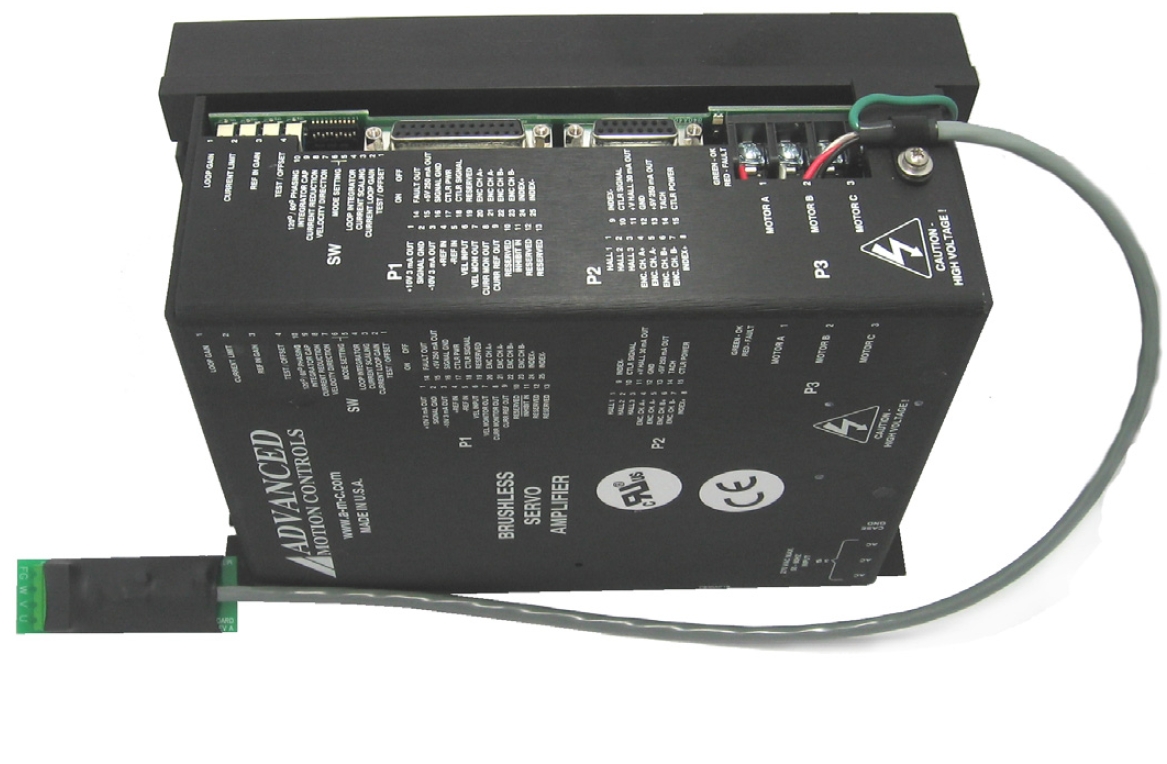Posted on 21st Dec 2022

Simply the servo drive is a device that tells the motor what to do when to do it and how to do it exactly.
It is a fundamental part of a motion control system that consists of a servo motor, controller, and feedback element. Servo drives accept a command signal for position, speed, or current and regulate the voltage and current functional to the servomotor derived from closed-loop feedback.
Remember servo drives are also referred to as amplifiers as they accept the control signal from the controller and amplify the signal to deliver an exact amount of voltage and current required by the motor.
Servo Systems includes four main components such as a motor, a feedback device, a controller, and a drive. The controller finds out what the motor requires doing and then triggers the drive to supply the instructions, or essential electrical energy, to the motor for making it move accordingly.
The controller has the responsibility to calculate the path or trajectory requisite and supply the command signals to the drive.
Then the drive sends the required voltage and current to the motor for getting essential motion.
Servo drives are able to control torque, speed, and position. With professional help from CM Industry Supply Automation, the user can easily set the necessary parameters themselves and carry out adjustments accordingly.
A common variant is a torque-mode amplifier, which changes the command signal from the controller into an exact amount of current required by the motor. Remember, the current is directly proportional to torque and servo drives are responsible to control the amount of torque produced by the motor.
In a linear drive (wherein current is proportional to force) there is direct control of the force output of the motor.
As the system's brain, the controller's responsibility is to collect information from the feedback device and supply the suitable voltage signals to the drive.
The Lenze drive behaves like a nervous system and supplies the essential amount of current to the motor. This procedure of reading and reacting to feedback forms the closed-loop system. It usually defines the character of a servo system.
The torque-speed curve is one of the most crucial tools for sizing a servomotor, but often it is definite to a particular motor-drive combination.
The nonstop and crest torque capabilities of the motor are influenced by the thermal properties of the drive and the motor. If there is any inadequacy in the motor it will result in product heating that directly demeans bearing lubrication and filling around the windings.
Excessive heat that is usually occurred due to the running of a motor above its peak torque can demagnetize the magnets of the motor too.
Even though the drive itself doesn't consist of any moving parts, heat can still harm its power transistors.
The servo motor torque-speed curve is often based on a precise motor-drive combination.
Remember, constant torque is the amount of torque the motor can make for an indefinite period. Peak, or irregular, torque is considered as the maximum torque the motor can make, but peak torque can only sustain for a short time frame before occurring overheating.
How you can choose a Servo Drive?
Begin the hunt for a Siemens servo drive on CM Industry Supply Automation and choose a specific motor model.
The most standard servomotor is the typical Rotary type that rotates the shaft attached to a load. Other applications advantage from a Direct Drive type that removes the shaft and fixed straight to the load. Linear servomotors are another type for users who wants to control linear motion. It forms straight-line movements without requiring additional gearing or belts.